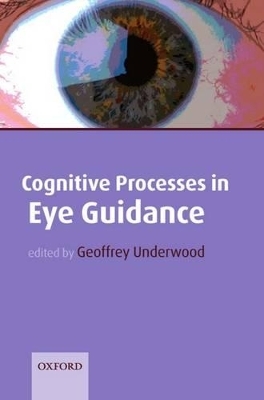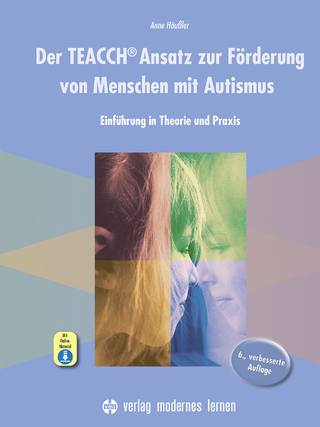
Cognitive Processes in Eye Guidance
Oxford University Press (Verlag)
978-0-19-856681-6 (ISBN)
Whether reading, looking at a picture, or driving, how is it that we know where to look next - how does the human visual system calculate where our gaze should be directed in order to achieve our cognitive aims? Of course, there is an interaction between the decisions about where we should look and about how long we should look there. However, our eyes do not just move randomly over the visual field - whether we are reading, driving, or solving a problem. There are systematic variations not only in the duration of each eye fixation, but also in what we are looking at. It is these variations in eye movements that can tell us much about the cognitive processes involved in the performance of these activities. Within reading research, great progress has already been made in understanding these processes and there are now a number of competing and well-formed models. In some other areas of perception, the development of formal theories and the search for critical evidence is less advanced. This book brings together leading vision scientists studying eye movements across a range of activities, such as reading, driving, computer activities, and chess. It provides groundbreaking new research that will help us understand how it is that we know where to move our eyes, and thereby better understand the cognitive processes underlying these activities.
1. Visual extraction processes and regressive saccades in reading ; 2. Sources of information for the programming of short- and long-range regressions during reading ; 3. Word skipping: implications for theories of eye movement control in reading ; 4. Identifying compound words in reading: an overview and a model ; 5. New directions in theories of eye movement control during reading ; 6. Eye movement control in reading and the E-Z Reader model ; 7. Eye fixations on pictures of natural scenes: getting the gist and identifying the components ; 8. Semantic effects on object selection in real-world scene perception ; 9. Eye movements and visual memory for scenes ; 10. Remembering what we've seen: Predicting recollective experience from eye movements when viewing everyday scenes ; 11. Eye guidance and visual search ; 12. The integration of top-down and bottom up factors in visual search during driving ; 13. Novice and expert performance with a dynamic control task: scanpaths during a computer game ; 14. Perception in chess: evidence from eye movements ; 15. Tracking the eyes to obtain insight into insight problem solving
| Zusatzinfo | numerous line drawings and halftones |
|---|---|
| Verlagsort | Oxford |
| Sprache | englisch |
| Maße | 157 x 233 mm |
| Gewicht | 563 g |
| Themenwelt | Geisteswissenschaften ► Psychologie ► Biopsychologie / Neurowissenschaften |
| Geisteswissenschaften ► Psychologie ► Test in der Psychologie | |
| Geisteswissenschaften ► Psychologie ► Verhaltenstherapie | |
| Naturwissenschaften ► Biologie ► Humanbiologie | |
| Naturwissenschaften ► Biologie ► Zoologie | |
| ISBN-10 | 0-19-856681-6 / 0198566816 |
| ISBN-13 | 978-0-19-856681-6 / 9780198566816 |
| Zustand | Neuware |
| Haben Sie eine Frage zum Produkt? |
aus dem Bereich


